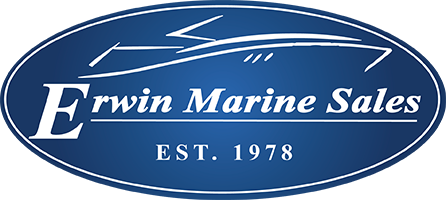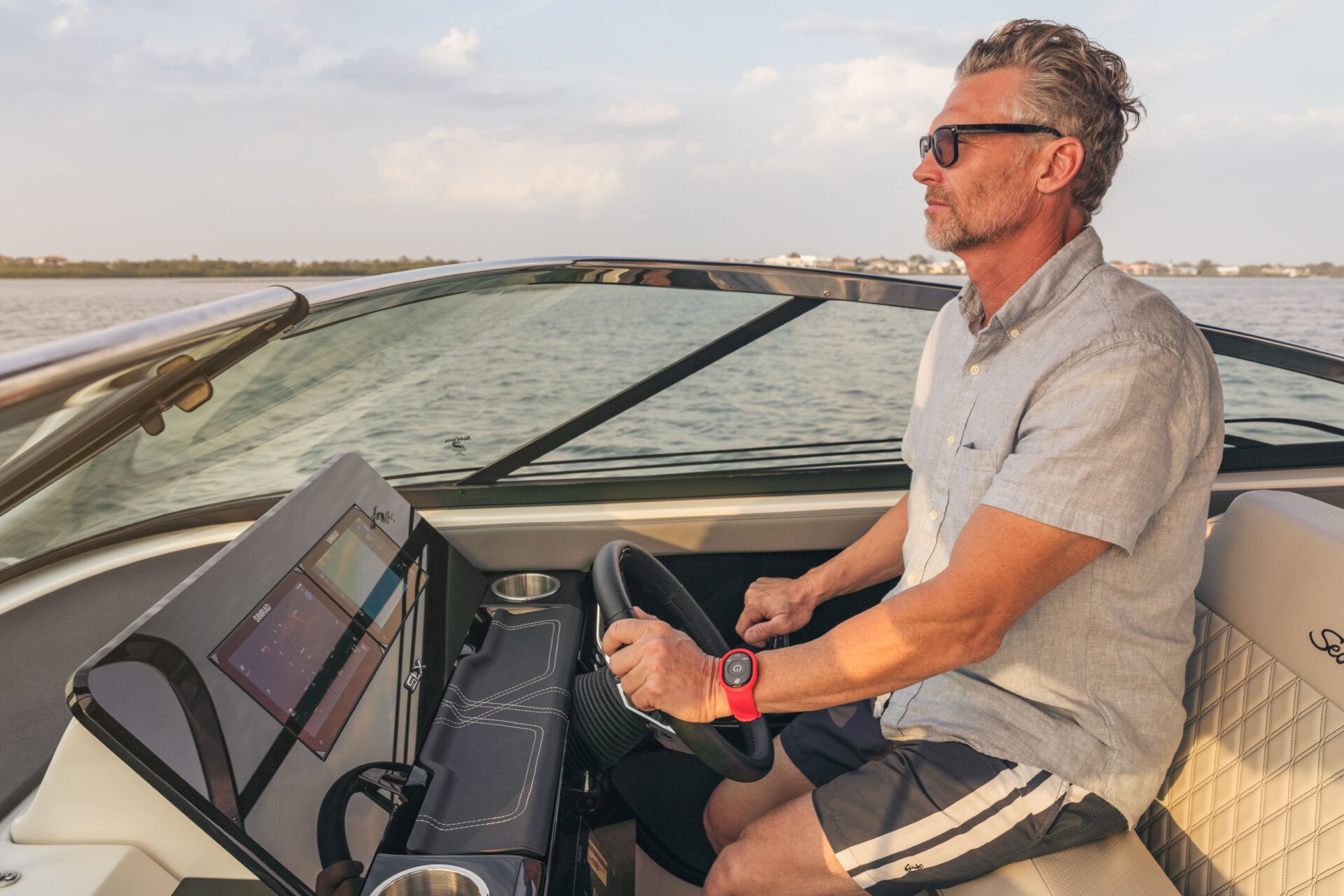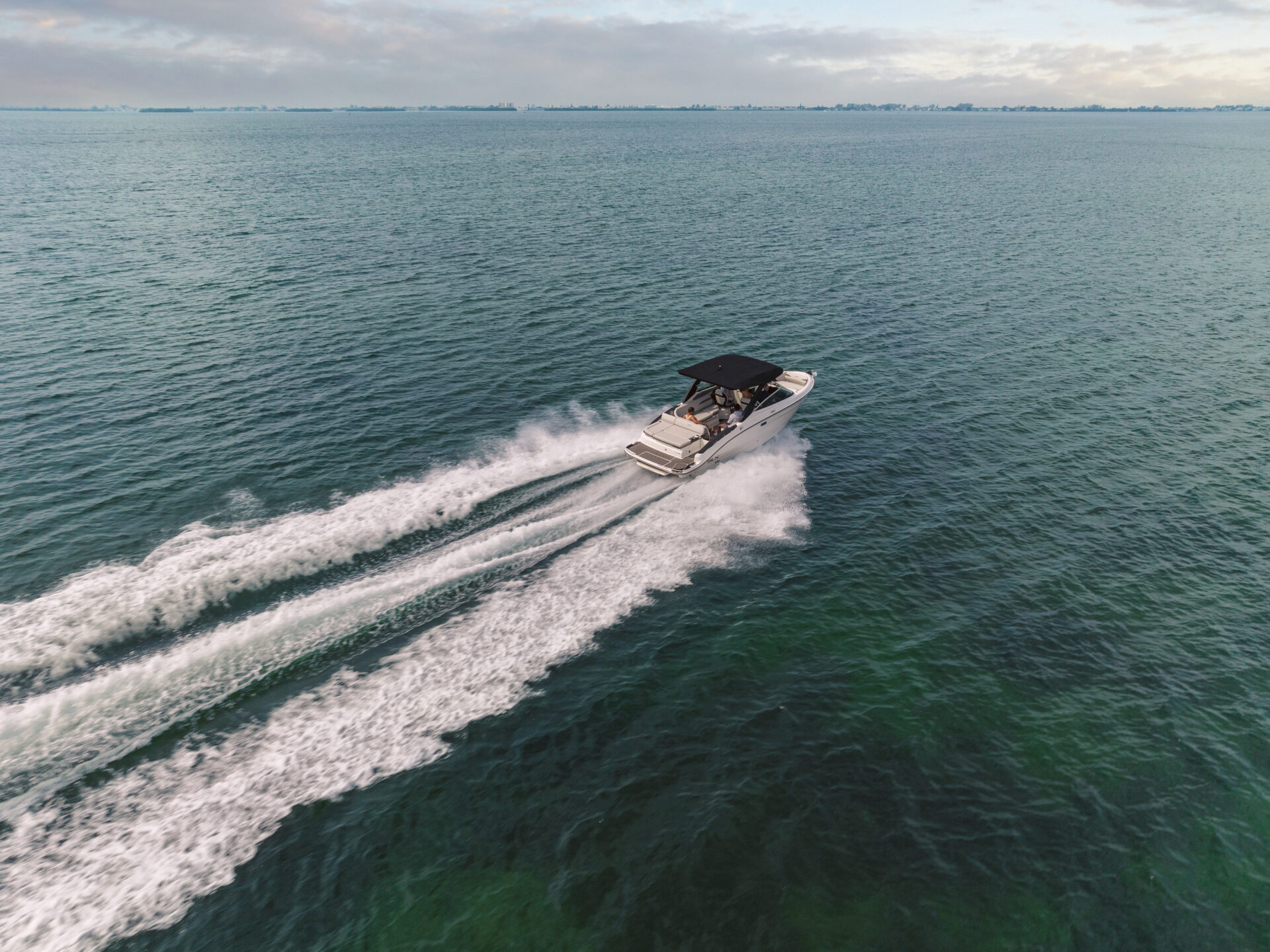Boat Navigation
Dreaming of the open waters and planning your next boating adventure? Keeping yourself and others safe while navigating the waters is crucial for a smooth and enjoyable experience. In this guide, we will walk you through the essential practices of safe boat navigation using channel markers and how to interact responsibly with other boaters. By mastering these skills, you can confidently navigate even the busiest waterways, ensuring a pleasurable and secure journey for everyone.
Understanding Channel Markers
What are Channel Markers, and How Do They Aid in Navigation? Channel markers are vital navigational aids that help boaters determine their position and ensure they stay within safe waterways. They are essential for avoiding hazards such as shallow areas and submerged obstacles. These markers serve as your guiding stars, directing you safely through channels and open waters.
Different Types of Channel Markers and Their Significance
Channel markers come in various forms, each with a unique purpose. Green markers, or can buoys, indicate the left side of the channel when returning from the sea, while red markers, or nun buoys, signify the right side. Preferred channel markers help you choose the safer route when the waterway splits. Additionally, special purpose buoys mark specific areas like safe water, danger zones, or restricted areas. Understanding these markers and their significance is crucial for safe navigation.
How to Interpret and Follow Channel Marker Indicators for Safe Passage
The adage “Red Right Returning” is a handy mnemonic for remembering to keep red markers on your right when returning from the sea. Conversely, “Green Left Leaving” reminds you to keep green markers on your left when heading out. Daymarks and lighted buoys also play a significant role in navigation during the day and night, helping you maintain a clear course.
Navigating in Congested Waters
Understanding the Rules of the Road for Boaters
Navigating through busy waterways requires a solid understanding of boating regulations. Familiarize yourself with the primary rules and guidelines, which help prevent collisions and ensure a smooth flow of traffic. Prioritizing right-of-way in congested areas is crucial. Typically, boats coming from your starboard (right) side have the right-of-way. Understanding the differences between inland and international waterway rules can further enhance your navigational skills.
How to Yield, Overtake, and Pass Other Boats Safely
Yielding to other boats, especially in narrow channels, is a common courtesy and a safety necessity. When overtaking slower vessels, do so cautiously to avoid causing disruptions. Passing larger vessels or commercial ships requires additional precautions, as their size and wake can pose significant challenges. Always communicate your intentions using hand signals or VHF radio to ensure smooth and safe passage.
Maintaining a Safe Distance and Speed in Crowded Areas
Determining a safe speed in congested waters involves considering various factors like visibility, traffic density, and weather conditions. Maintaining a safe distance from other boats is equally important to prevent accidents. In areas with heavy boat traffic, navigate strategically by anticipating other boaters’ movements and adjusting your course and speed accordingly.
Anticipating and Responding to Potential Hazards
Recognizing and Responding to Navigational Hazards
Common navigational hazards such as rocks and sandbars require keen observation and quick response. Familiarize yourself with these hazards and learn to identify them to avoid accidents. If you accidentally run aground on a sandbar, stay calm and follow the appropriate steps to free your boat safely. Taking preventive measures, like using updated charts and sonar equipment, can help you steer clear of underwater hazards.
Understanding Buoyage Systems and Their Role in Marking Hazards
Buoyage systems, which vary by region, are essential for marking hazards and guiding safe navigation. Use these systems to identify safe channels and avoid dangerous areas. Failing to adhere to buoyage systems can lead to severe consequences, including collisions and grounding.
Tips for Handling Unexpected Situations and Emergencies on the Water
Preparation is key to handling unexpected emergencies on the water. Equip your vessel with necessary safety gear and familiarize yourself with emergency procedures. In case of a collision or sudden weather change, take immediate action to ensure the safety of all aboard. Effective communication methods, like using distress signals and VHF radio, are vital for seeking assistance when needed.
Practicing Responsible Boater Etiquette
The Importance of Maintaining a Courteous and Respectful Attitude
Boating is a communal activity where courtesy and respect go a long way. Demonstrating respectful behaviors, such as yielding the right-of-way and minimizing wake, promotes a positive boating culture. Encouraging courtesy and safety among fellow boaters helps create a harmonious environment on the water. Showing consideration for other boaters and the environment is crucial for a pleasant and safe experience.
How to Communicate with Hand Signals and VHF Radio
Effective communication is essential for safe boating. Learn and use essential hand signals to communicate your intentions to other boaters. VHF radios are invaluable for coordinating safe passages, especially in busy areas. Following proper radio etiquette ensures clear and effective communication, reducing the risk of misunderstandings.
Properly Anchoring and Mooring to Avoid Disrupting Other Boaters
Anchoring and mooring correctly is vital to prevent drifting and interfering with other vessels. Use proper techniques and choose suitable spots in crowded anchorages or marinas. Ensuring your anchor is securely set minimizes the risk of it dragging and causing disruptions.
Navigating in Low Visibility and at Night
Essential Equipment and Precautions for Boating in Low Light Conditions
Boating in low light conditions requires additional safety equipment and precautions. Ensure your vessel is equipped with navigation lights, a spotlight, and radar reflectors. Enhancing visibility on your vessel, such as using reflective tape and extra lighting, is crucial for safe nighttime navigation. Taking extra precautions, like reducing speed and using sound signals, can help prevent accidents.
Understanding Navigational Lights and Their Significance
Navigational lights are essential for identifying the type and direction of other vessels at night. Learn the different types of lights and their purposes to navigate safely in the dark. Displaying the correct navigational lights on your boat is a legal requirement and helps other boaters see and avoid you.
Tips for Navigating Safely During Fog, Rain, and Reduced Visibility
Foggy or rainy conditions pose unique challenges for boaters. Slow down, use your horn, and maintain a sharp lookout to navigate safely. Adjust your speed and behavior to suit low visibility situations, ensuring you have ample time to react to obstacles. Employ strategies like using radar and GPS to maintain situational awareness when visibility is limited.
Environmental Responsibility
The Significance of Preserving the Marine Environment and Wildlife
Protecting the marine environment is a responsibility every boater should embrace. Harmful boating practices can damage ecosystems and harm marine life. Contribute to preserving waterways by following environmentally friendly practices and respecting wildlife habitats.
Avoiding Sensitive Areas and Practicing Responsible Waste Disposal
Avoiding sensitive areas, such as coral reefs and nesting sites, helps protect marine habitats. Dispose of waste, including trash and sewage, responsibly to minimize environmental impact. Improper waste disposal can lead to severe consequences for marine ecosystems, so always follow best practices for waste management.
Being Aware of the Impact of Boat Wakes on the Shoreline and Other Boaters
Boat wakes can have significant effects on the shoreline and other vessels. Reduce your speed in no-wake zones and near marinas and docks to minimize your wake’s impact. Balancing the enjoyment of boating with mindful practices ensures a positive experience for everyone on the water.
Safe Boating!
Navigating the waters using channel markers and encountering other boaters demands knowledge, attentiveness, and consideration for others. By adhering to safety guidelines, understanding navigational aids, and embracing responsible boater etiquette, you can ensure your safety and that of fellow boaters. Let this guide serve as a valuable resource in enhancing your boat navigation skills and contributing to the overall safety and enjoyment of boating for all.
Prioritize safety above all else while navigating the waters. Familiarize yourself with local boating regulations and guidelines. Enroll in boating safety courses to enhance your knowledge and skills. Share your boating experiences and safety tips with fellow boaters to promote a culture of responsibility and respect on the water. Encourage others to adopt environmentally friendly practices to protect our waterways for future generations.
Boater Navigation & Safety Course
At Erwin Marine Sales we offer many Boater Safety Courses throughout the year. You can learn about the rules and regulations of the water ways all while receiving your boating permit through TWRA. Make sure to stay up to date with our event calendar or join our email list, that way you never miss a safety class!
Related Articles:
Exploring Cobalt Boats for Sale at Erwin Marine Sales
Deciphering Your Boating Choice: Harris Tritoons vs. Traditional Pontoons


